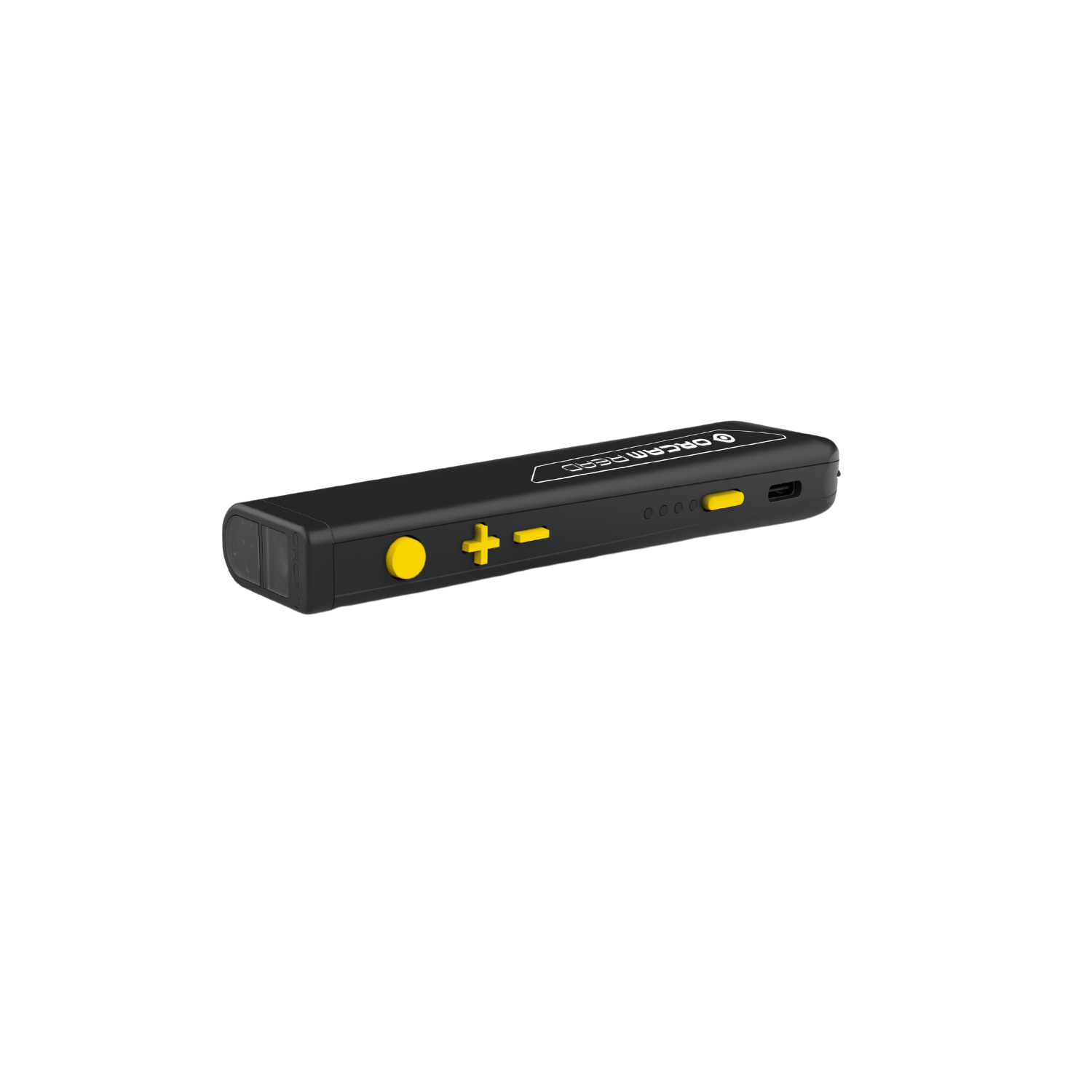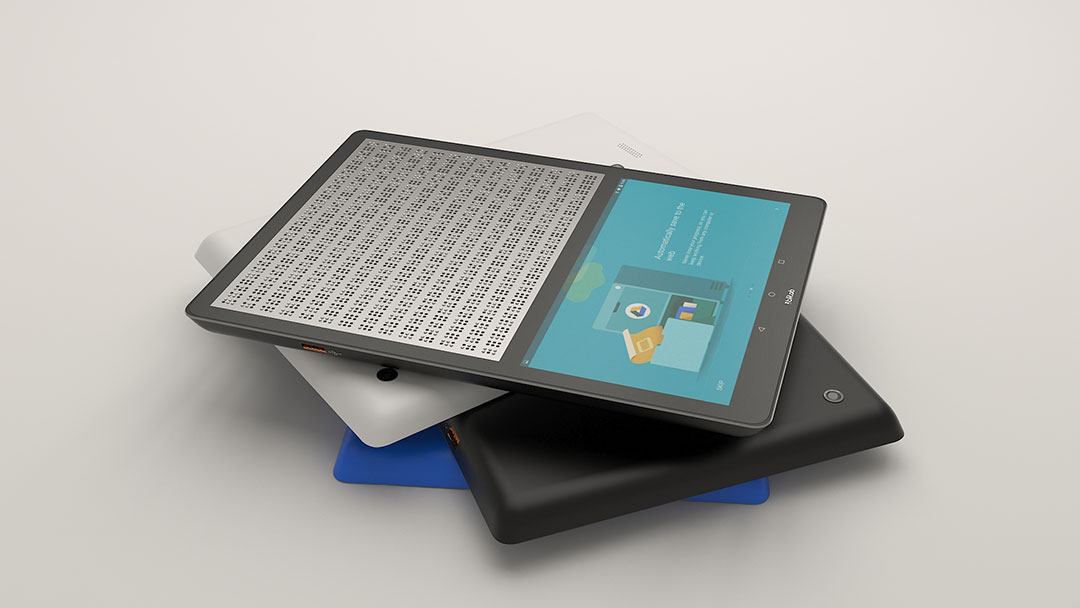Screen Readers for the Blind: Essential Devices for Digital Access
Enhancing Lives With Advanced Assistive Devices for the Blind
The assimilation of innovative assistive gadgets for the blind is changing exactly how people experience their surroundings and connect with their communities. What does this evolution suggest for the future of assistive innovation and its duty in empowering individuals?
Introduction of Assistive Tools
Assistive tools for the blind incorporate a varied variety of modern technologies and devices made to improve independence and improve the top quality of life for individuals with aesthetic disabilities. These gadgets satisfy different needs, from navigation and wheelchair to communication and day-to-day job administration.
One of the main groups of assistive tools consists of movement help, such as white canes and guide dogs, which aid users navigate their surroundings securely. Electronic travel help, outfitted with sensors and audio responses, likewise play a substantial role in wheelchair improvement.
Furthermore, gadgets that assist with daily living activities, such as adaptive kitchen area tools, Braille tags, and talking watches, equip people to do tasks individually. Interaction help, consisting of screen viewers and Braille screens, promote access to information and make it possible for people to engage efficiently with the electronic world.
In addition, low-tech remedies like multiplying glasses and large-print products continue to be important for several individuals. Jointly, these assistive devices serve not only as useful tools but additionally as important enablers of freedom, fostering better participation in a globe that often prioritizes sighted experiences. Their assimilation into day-to-day life is vital for advertising inclusivity and boosting overall health for those with visual problems.
Innovative Technologies being used
Development in technology has actually substantially changed the landscape of tools readily available for individuals with visual impairments. Amongst one of the most remarkable innovations are wise glasses incorporated with enhanced reality, which provide real-time navigating aid and things recognition. These tools leverage progressed cameras and expert system to provide auditory cues, enhancing the user's spatial awareness and freedom.
Additionally, mobile applications have actually arised as powerful resources, enabling users to determine currency, reviewed message out loud, and browse unfamiliar environments through verbal guidelines. Devices such as Braille screens and refreshable Braille devices remain to develop, using smooth connection with smartphones and computers, thereby boosting communication and accessibility to details.
Wearable innovation, consisting of smartwatches furnished with voice-activated attributes, further empowers individuals by promoting fast access to notifications and informs without requiring visual interaction. Responsive maps and 3D printing are likewise acquiring traction, using substantial representations of spaces that aid in positioning and flexibility training.
Collectively, these cutting-edge innovations not only boost the lives of visually damaged individuals yet additionally foster better freedom, inclusivity, and interaction with the broader community, thereby improving assumptions of availability. (Assistive technology for the blind)
Individual Stories of Empowerment
Empowerment often arises from personal experiences that highlight the transformative impact of innovation on individuals with aesthetic disabilities. Take, for instance, the tale of Sarah, a young artist that restored her interest for paint through using a smart walking cane furnished with obstacle discovery. This tool not just facilitated her mobility however instilled a newfound self-confidence, permitting her to browse public spaces separately and pursue her innovative endeavors.

These narratives emphasize the extensive impacts that advanced assistive gadgets can have on life. By enabling individuals to get over obstacles, modern technology promotes a feeling of autonomy and self-respect. Such empowerment stories function as a testimony to the potential of innovation, highlighting how the right tools can dramatically improve quality of life and open doors to new opportunities for those with visual problems.
Benefits of Advanced Solutions
The combination of advanced modern technology right into assistive gadgets substantially transforms everyday experiences for those impacted by vision loss. Smart glasses for the visually impaired. Devices such as clever walking sticks furnished with sensing units, navigation applications, and wearable modern technology are made to supply real-time responses, boosting spatial awareness and decreasing the dangers linked with flexibility.
Moreover, advanced assistive modern technologies foster social inclusion by assisting in communication and communication. Voice-activated gadgets and applications allow people to gain access to information and engage with their surroundings independently, breaking obstacles that formerly impeded their engagement in educational, professional, and social setups.
Additionally, the modification and adaptability of these services accommodate the varied requirements of customers, thereby improving their general high quality of life. Enhanced performance, such as object recognition and text-to-speech abilities, encourages people with visual problems to peeps glasses perform tasks that they might have as soon as found challenging. Ultimately, advanced assistive modern technologies not just enhance freedom and security but additionally advertise dignity and self-regard, permitting individuals to lead meeting lives.
Future Fads in Assistive Tech
As technology remains to advance, the landscape of assistive tools for the blind is poised for exceptional innovations that will even more boost accessibility and independence. Emerging trends in assistive technology show a change towards raised combination of man-made intelligence (AI) and maker understanding, enabling devices to adjust to private user requires in real-time. These innovations are expected to facilitate read review more user-friendly navigating systems that can recognize barriers and supply audio responses, considerably enhancing outdoor mobility.
In addition, the growth of wearable technology, such as clever glasses furnished with augmented truth, will certainly allow individuals to obtain contextual details about their surroundings, consequently enriching their spatial awareness. In addition, advancements in haptic technology pledge to create responsive responses gadgets, allowing users to regard info with touch, improving learning and interaction with their environment.
Telecommunication advancements are additionally paving the method for remote assistance solutions, where trained professionals can provide guidance through video clip telephone calls, making certain assistance is conveniently accessible. As these patterns unravel, the future of assistive gadgets for the blind will certainly foster higher autonomy, encouraging individuals to browse their globe with confidence and convenience.

Final Thought
The assimilation of advanced assistive tools for the blind stands for a considerable innovation in cultivating freedom and enhancing high quality of life. By making use of ingenious modern technologies, these tools empower users to navigate their settings with greater self-confidence and autonomy. As the area remains to advance, continuous r & d will likely produce even much more advanced solutions, additionally changing the lived experiences check it out of individuals with aesthetic problems and advertising a greater sense of addition within society.
The assimilation of sophisticated assistive devices for the blind is changing how people experience their environments and engage with their communities. The combination of sophisticated modern technology into assistive tools significantly transforms everyday experiences for those influenced by vision loss.As modern technology continues to advance, the landscape of assistive tools for the blind is poised for exceptional advancements that will certainly further boost accessibility and independence. Emerging fads in assistive technology show a change toward raised combination of artificial knowledge (AI) and device discovering, making it possible for tools to adapt to specific user needs in real-time.The assimilation of innovative assistive tools for the blind stands for a substantial development in fostering freedom and boosting quality of life.